Introduction To Pyroelectricity
Description of Pyroelectricity
Pyroelectricity is the capacity of certain materials to generate an electrical charge in response to temperature changes.
Pyroelectricity refers to the property of certain crystals and ceramics that are naturally electrically polarised, thereby exhibiting large electric fields. This polarisation may change when the material’s temperature varies, thereby generating an electrical charge.
Piezoelectricity and Pyroelectricity
Both piezoelectricity and pyroelectricity produce electrical charges, but they are triggered by different stimuli. Piezoelectricity occurs when mechanical stress is applied to a material, whereas pyroelectricity is induced by temperature fluctuations. Both phenomena are essential for various applications, including sensors and energy harvesting devices.
Applications of Pyroelectricity
Pyroelectric materials are frequently employed in infrared sensors, motion detectors and energy harvesting systems. Their ability to convert thermal energy into electrical energy makes them valuable in both consumer electronics and industrial applications.
Dielectric Materials in Pyroelectric Applications
Dielectric materials play an important role in pyroelectric applications. These materials possess high electrical resistance and can support an electrostatic field while dissipating minimal energy. The effectiveness of a dielectric material in pyroelectric devices depends on its capacity to maintain polarisation at varying temperatures.
Crystal Substrate in Pyroelectric Devices
A crystal substrate serves as the foundation for pyroelectric devices. The quality and alignment of the crystal substrate significantly influence the performance of the pyroelectric material. Correct alignment ensures maximum efficiency in charge generation and stability of the electrical field within the device.
Pyroelectric versus Other Thermoelectric Effects
|
Property |
Pyroelectricity |
Thermoelectricity |
|
Trigger |
Temperature change |
Temperature gradient |
|
Material Requirements |
Non-centrosymmetric crystals or ceramics |
Conductive materials |
|
Applications |
Infrared sensors, motion detectors |
Power generation, cooling systems |
|
Charge Generation |
Spontaneous changes in polarisation |
Seebeck and Peltier effects |
Comparison of Pyroelectric Materials
Pyroelectricity refers to the ability of certain materials to generate an electrical charge in response to temperature changes. Below are some examples of pyroelectric materials and their applications:
- Triglycine Sulphate (TGS): Used in infrared detectors (IR), particularly for thermal detection and infrared spectroscopy. It can detect temperature changes in the environment.
- Lithium Tantalate (LiTaO₃): Commonly used in pyroelectric sensors, for example in thermal imaging cameras, motion detectors and gas analysers. It has a high pyroelectric coefficient, which makes it sensitive to temperature changes.
- Zinc Oxide (ZnO): Although primarily known for its piezoelectric properties, zinc oxide can also exhibit pyroelectric behaviour. It is used in thermally sensitive devices.
- Polyvinylidene Fluoride (PVDF): A polymer that can exhibit both pyroelectric and piezoelectric properties. PVDF is employed in sensors, actuators and energy harvesting devices.
- Barium Titanate (BaTiO₃): Although primarily recognised for its ferroelectric properties, it can also exhibit pyroelectric characteristics. It is utilised in applications such as temperature sensors and thermal detectors.
These materials are frequently used in thermal imaging systems, in motion detection and in energy harvesting technologies. Further information is available at Stanford Advanced Materials (SAM).
Frequently Asked Questions
What is the primary difference between piezoelectricity and pyroelectricity?
Piezoelectricity is generated by mechanical stress, whereas pyroelectricity results from temperature changes.
Which types of materials exhibit pyroelectricity?
Non-centrosymmetric crystals and certain ceramics are recognised for exhibiting pyroelectricity.
How important are dielectric materials for pyroelectric devices?
Dielectric materials support the electrostatic fields and maintain polarisation, thereby increasing the efficiency of pyroelectric devices.
What are common applications of pyroelectric materials?
They are frequently employed in infrared sensors, motion detectors and energy harvesting systems.
What challenges exist in the development of pyroelectric technology?
Challenges include material stability, environmental sensitivity and integration into electronic systems.

 Bars
Bars
 Beads & Spheres
Beads & Spheres
 Bolts & Nuts
Bolts & Nuts
 Crucibles
Crucibles
 Discs
Discs
 Fibers & Fabrics
Fibers & Fabrics
 Films
Films
 Flake
Flake
 Foams
Foams
 Foil
Foil
 Granules
Granules
 Honeycombs
Honeycombs
 Ink
Ink
 Laminate
Laminate
 Lumps
Lumps
 Meshes
Meshes
 Metallised Film
Metallised Film
 Plate
Plate
 Powders
Powders
 Rod
Rod
 Sheets
Sheets
 Single Crystals
Single Crystals
 Sputtering Target
Sputtering Target
 Tubes
Tubes
 Washer
Washer
 Wires
Wires
 Converters & Calculators
Converters & Calculators
 Write for Us
Write for Us
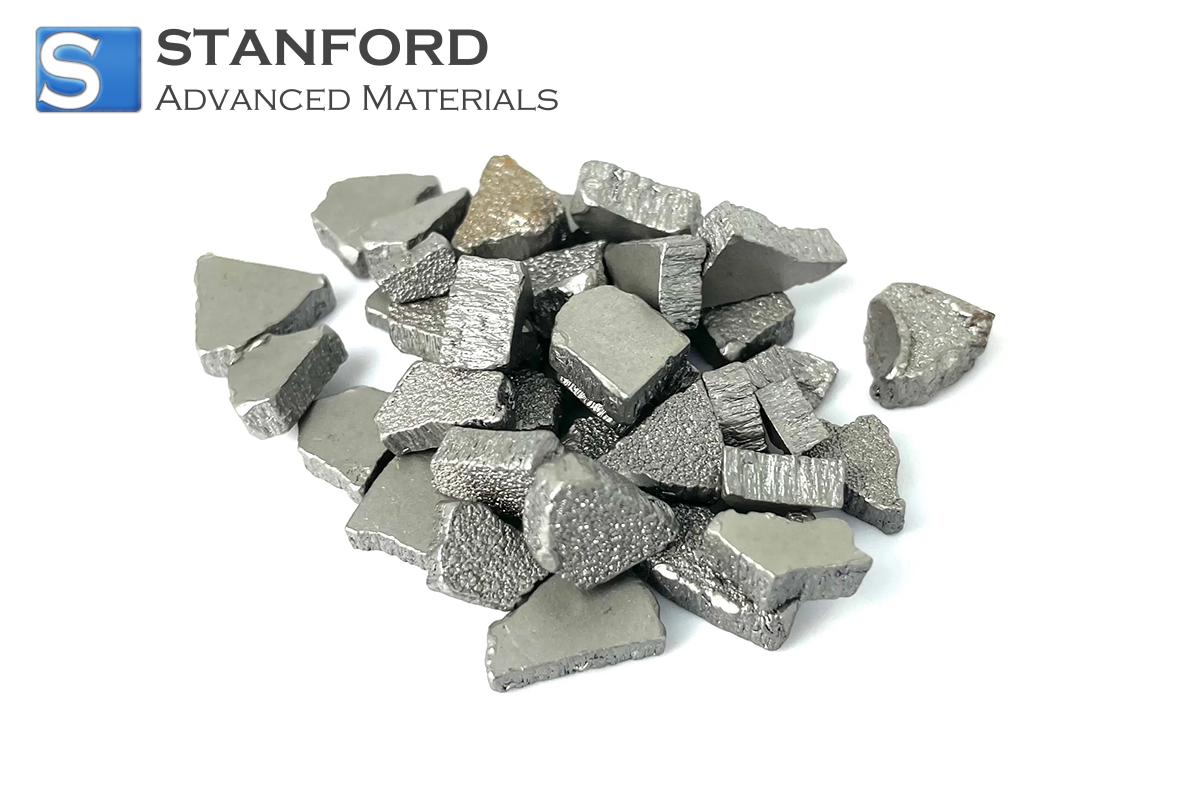
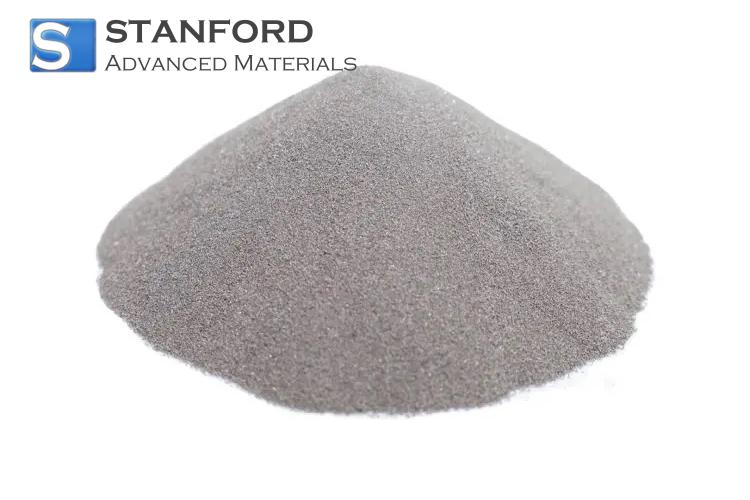
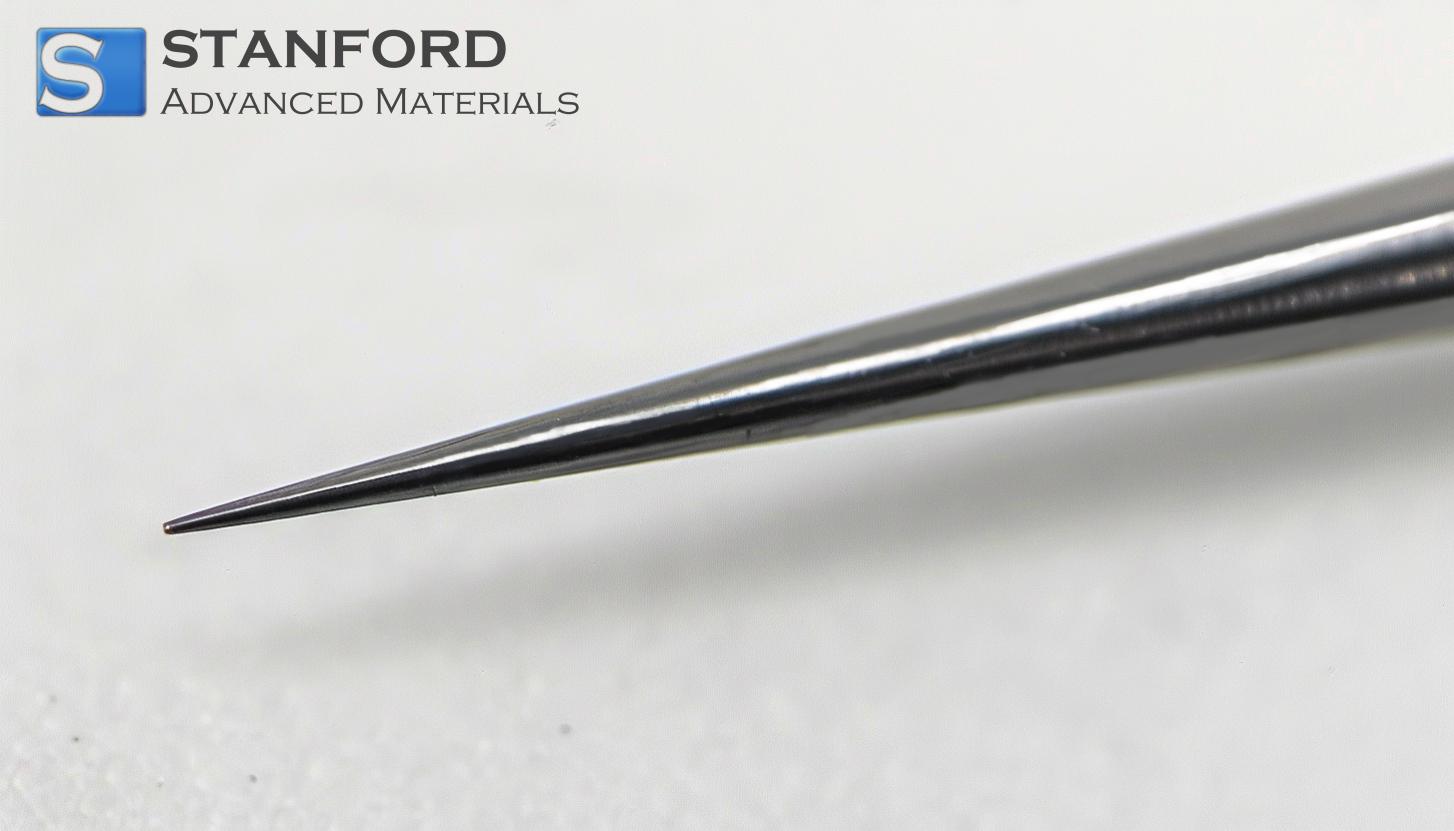
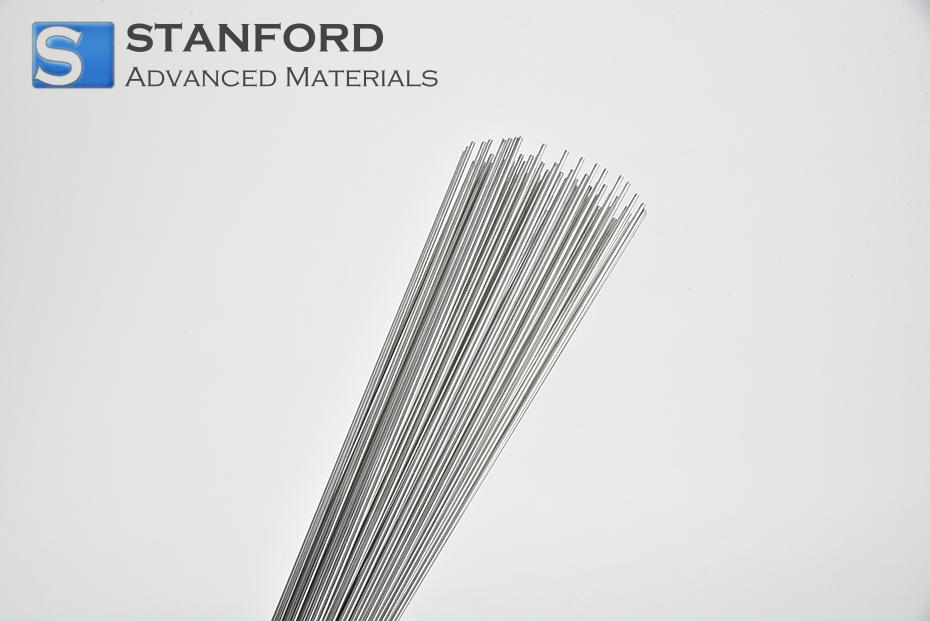
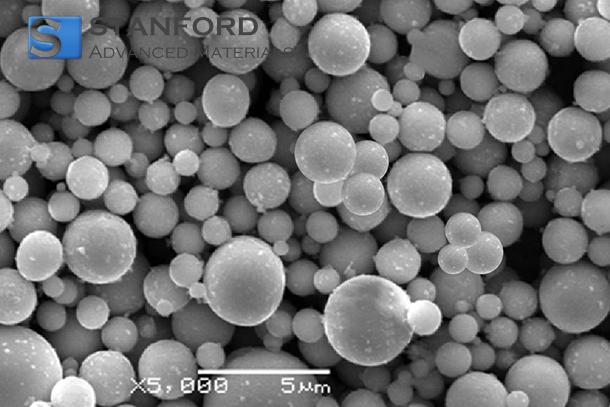
 Chin Trento
Chin Trento



